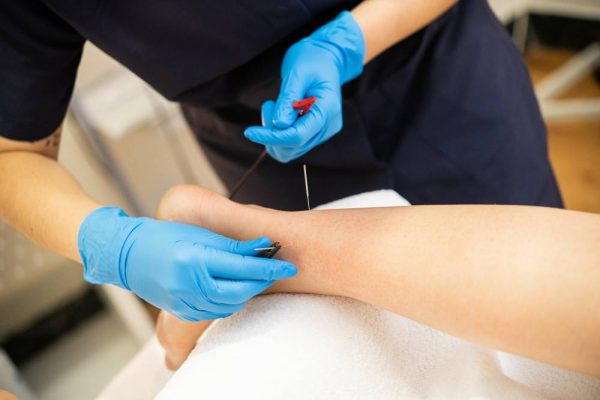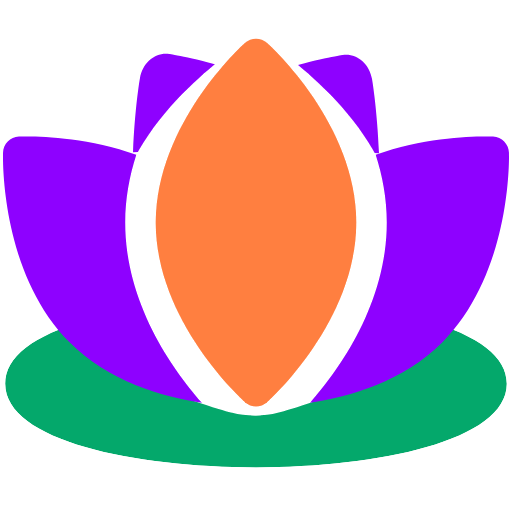Dry Needling
Dry Needling for pain relief and injury
What is Dry-needling?
Dry needling is greatly beneficial for any form of muscular pain or injury. The most common conditions treated are back, neck and shoulder pain, headache, knee injuries, carpal tunnel syndrome, calf cramps and stiffness and swollen ankles. Dry Needling can be used in conjunction with other therapies such as Acupuncture, Electro-Acupuncture, Moxibustion and Cupping. Dry Needling is extremely effective with minimal discomfort.
What are the benefits of Dry Needling?
Dry needling can provide mostly immediate relief for some muscular pain and stiffness. Dry needling can also improve flexibility and increase your range of motion. Which is why it is used to treat sports injuries, muscle pain, and even ME or fibromyalgia pain.
What research has been done to support Dry-needling?
Study has shown that dry needling is more effective than stretching alone to relieve muscle pain as it improves muscle movement and blood flow.

Dry Needling
Dry needling is greatly beneficial for any form of muscular pain or injury. The most common conditions treated are back, neck and shoulder pain, headache, knee injuries, carpal tunnel syndrome, calf cramps and stiffness and swollen ankles.
How Does Dry Needling Work?
Dry needling was introduced approximately 20-30 years ago as the conventional way to treat injury and muscular pain, designed to stimulate trigger points, or areas of stagnation or build up in your muscle or tissue.
Dry needling is also sometimes called intramuscular stimulation. The points are areas of knotted or hard muscle. The needle helps release the knot or stagnation and relieve any or your muscle pain or spasms. Several studies have confirmed that myofascial pain is one of the most commonly ignored causes of persistent pain.
Research studies have shown that inserting such needles into specific points causes favourable biochemical changes within the body, which dissipate the excess in these imbalanced points and help to reduce your pain. The needles will remain in your skin for a short period of time. The length of time depends on the practitioner. Some healthcare professionals, such as acupuncturists and physical therapists, carry out Dry-needling.
During dry needling, a practitioner inserts several hair thin, filiform needles into your skin. The needles are fine, short, sterile, one use only, stainless steel needles, that don’t inject fluid into the body. Hence the term “dry” is used.
Non trigger point technique
Some dry needling techniques treat a broader platform of the central nervous system. This is called non-trigger point. Instead of inserting needles only in the local area of pain, the practitioner may instead insert needles in areas around the point of pain. This technique relies on the idea that pain is the result of a greater nerve or muscular issue, not just focused in the main area of pain.
Dry needling in practise
Although Dry Needling is not based on the philosophy of Acupuncture. It can be combined with the same, it uses the same type of needles and some of the same pressure points in the body. The effect is both local (where the needle is applied) and general, causing relaxation and an overall sense of wellbeing and pain relief. Dry needling is mostly performed by Acupuncturists or physical and sports injury therapists.
If you choose dry needling, make-sure to use and licensed Acupuncturist or someone with postgraduate healthcare education, such as a physical therapist. A licensed Acupuncturist is required to have had a minimum of 3 years training and is required to do ongoing CPD training to support their education, whereas, other therapists can have limited training, so it can hard to determine credentials or if someone’s training is legitimate, so ensure to research credentials before trying Dry-needling.
What can you expect after Dry-needling?
Please be mindful that the results and reactions to Dry needling vary from person to person. Some feel immediate relief, where some may feel the area being worked on is sore and tender or stiff, but have more of a sense of movement for up to a week after the session. This is perfectly normal and nothing to be alarmed about. To minimise discomfort I recommend applying heat to the area to maximise on improving the blood flow.
Cost: €70 per individual treatment or €80 combined.
Cancellation Policy: No charge if cancelled 24 hours before due appointment.
FAQs
Your Questions About Dry-Needling Answered
Typically, there may be some discomfort, in-order to break up or release the stagnation, pain or muscle spasm. It is also known as Trigger Point Therapy, but the discomfort reduces in a matter of seconds once the pain is released. When a muscle becomes tense due to spasm it forms a Trigger Point. No solution is used just dry sterilized needles, hence the term. The body responds in a twitch or reflex, kick starting the body’s immune and healing response., increasing blood flow and movement, by triggering nerve impulses.
Dry needling is the westernized form of Medicine whereas Acupuncture is an ancient practise and requires more extensive study. Dry-needling solely focuses on pain and tension release.
Chronic Long term pain, Neck and Shoulder Pain, Spasms, Ligament pain, Sciatica and Lower Back Pain, Carpal Tunnel, Tennis & Golfers Elbow and Plantar Fasciitis.
Sterilized, one use, Ultra-thin Filiform needles.
Some sensitivity or redness, some stiffness or soreness due to the release of pain.

